Future phones: what's in store for us?
Concept phones are a great way of getting a glimpse at how phones of the future may develop.
Here is a list of some of the things we might be able to expect from the phones of the future:
Holographic displays
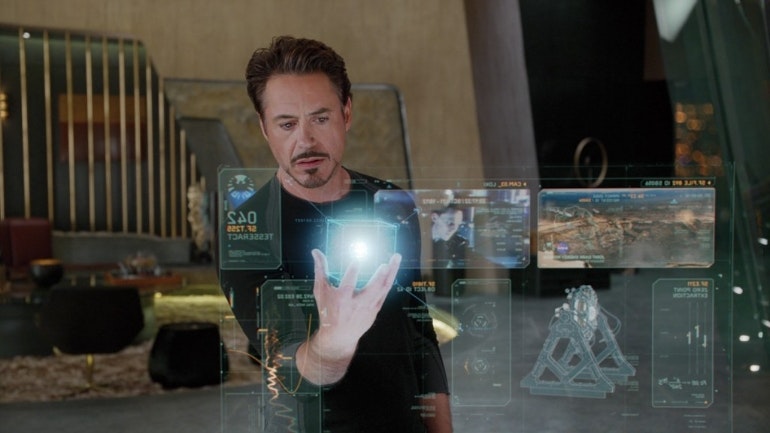
From Star Wars to Ironman, holograms have long been a regular feature in sci-fi and futuristic fantasy films. But how close are we to being able to having touch-free technology on smartphones?
As far back as March 2014, rumours were flying around about the then-unreleased iPhone 6 containing holographic functions that allowed you to beam virtual displays to interact with.
The demo video shows the user interacting with all three screens simultaneously and even playing a game projected above the handset.
Unsurprisingly, this technology didn’t make it onto the iPhone 6 or the even the iPhone 7, and there are no rumours that next year’s iPhone 8 will include any holographic functionality.
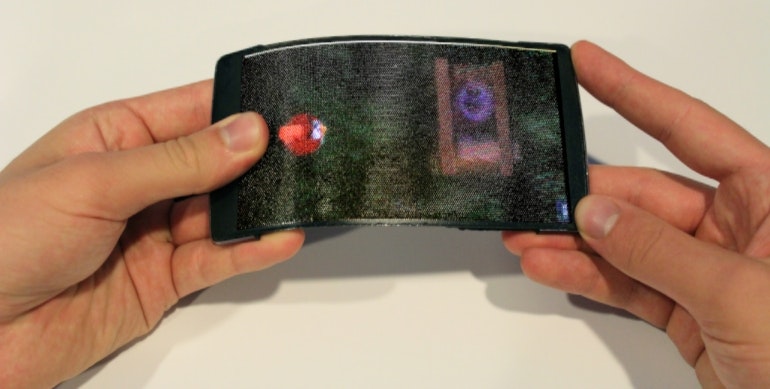
Holographic phones could one day be a reality though. Especially if the Holoflex prototype showcased by researchers from Queen’s University in Canada is anything to go by.
As the name suggests, the HoloFlex is both holographic and flexible, allowing users to bend the handset to view the 3D display from different angles and interact with the images on screen.
Touted as the world’s first holographic, flexible smartphone, the HoloFlex is still in development and won’t be available any time soon.
Flexible frames
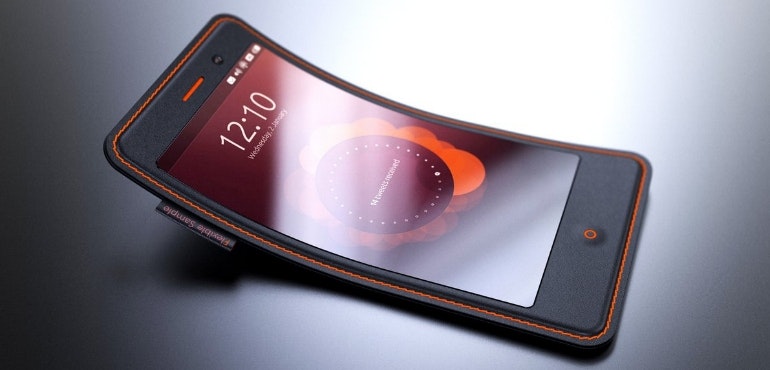
For a long time now, phone companies have talked of creating a smartphone that is so robust that it can actually be folded in two by the user.
One such vision was Nokia's The Morph phone, which was showcased back in 2008 and promised to "transform the user's experience".
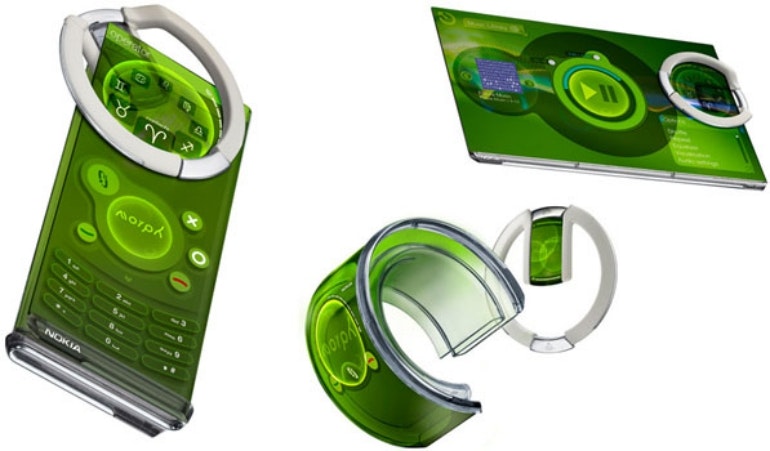
Designed by Tapani Tyhanen, who was director and head of Nokia's Research Center Laboratory in Cambridge, The Morph could be folded, bent and reshaped to suit the user’s needs.
You could snap The Morph apart, and slot in additional modules to change the way you use the phone.
The Morph phone could be wrapped around your wrist, transformed into a GPS-enabled belt clip for hiking and extreme sports, or used as a flat screen for watching videos.
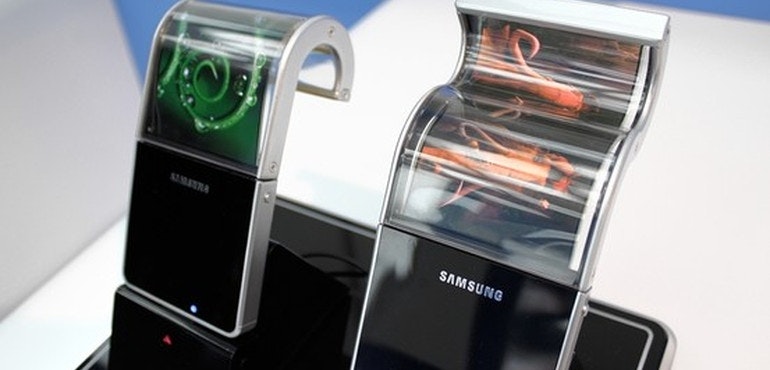
Similarly, Samsung has been showing off flexible concept phones at trade shows for years now, but so far, the closest it has come to bringing the technology to market was the Galaxy Round smartphone.
This featured a significantly less jaw-dropping curved screen and sold disappointingly.
Comments
Post a Comment